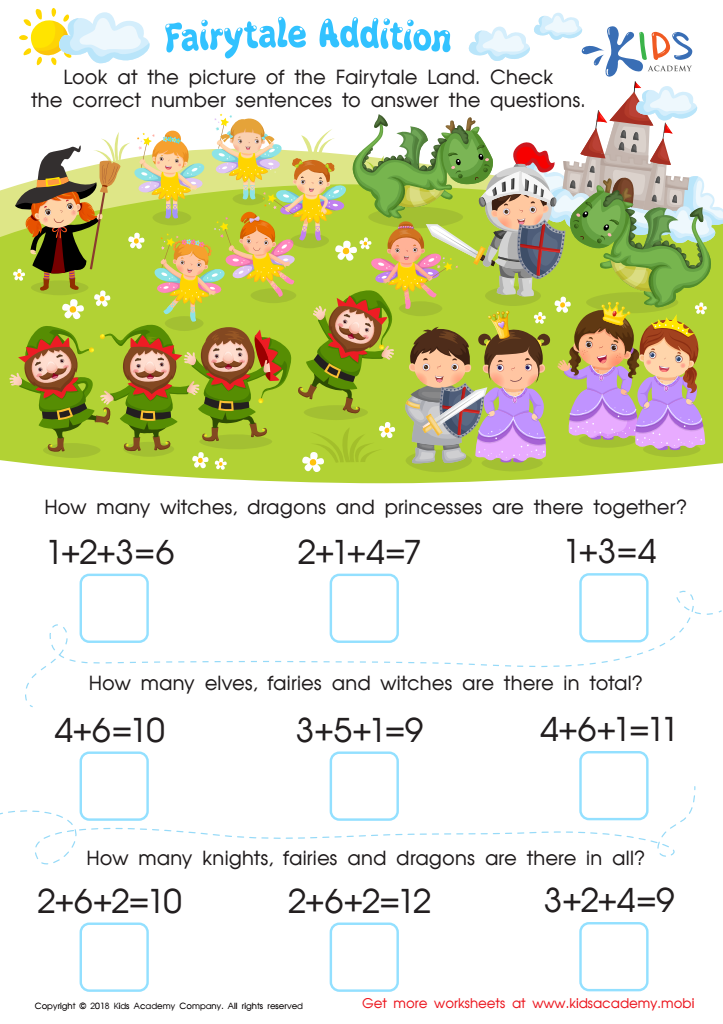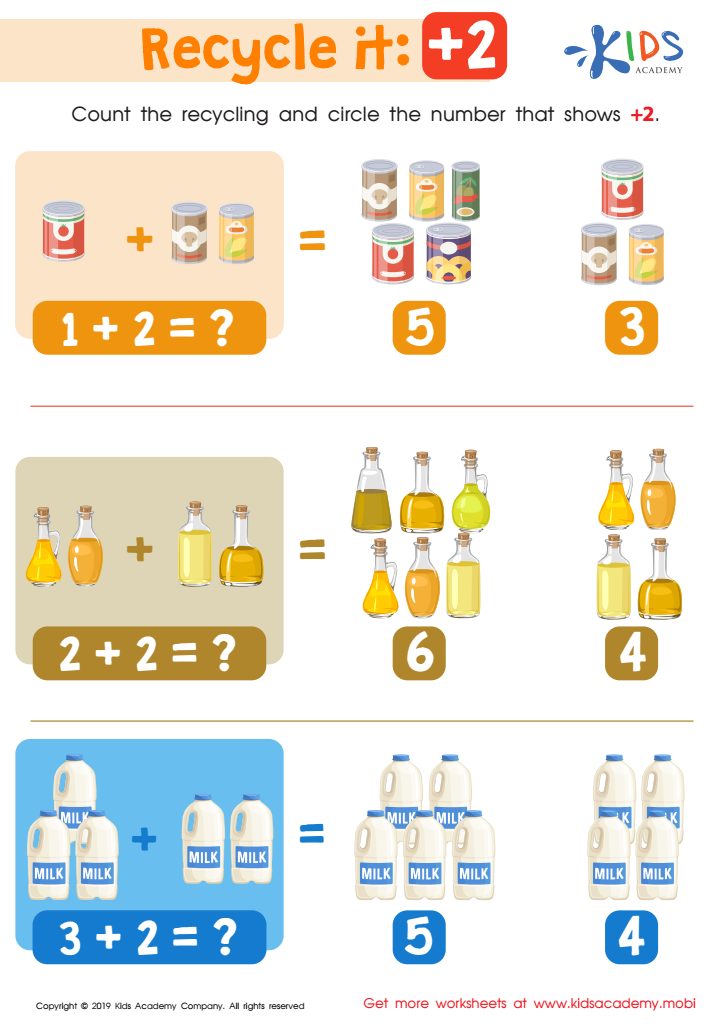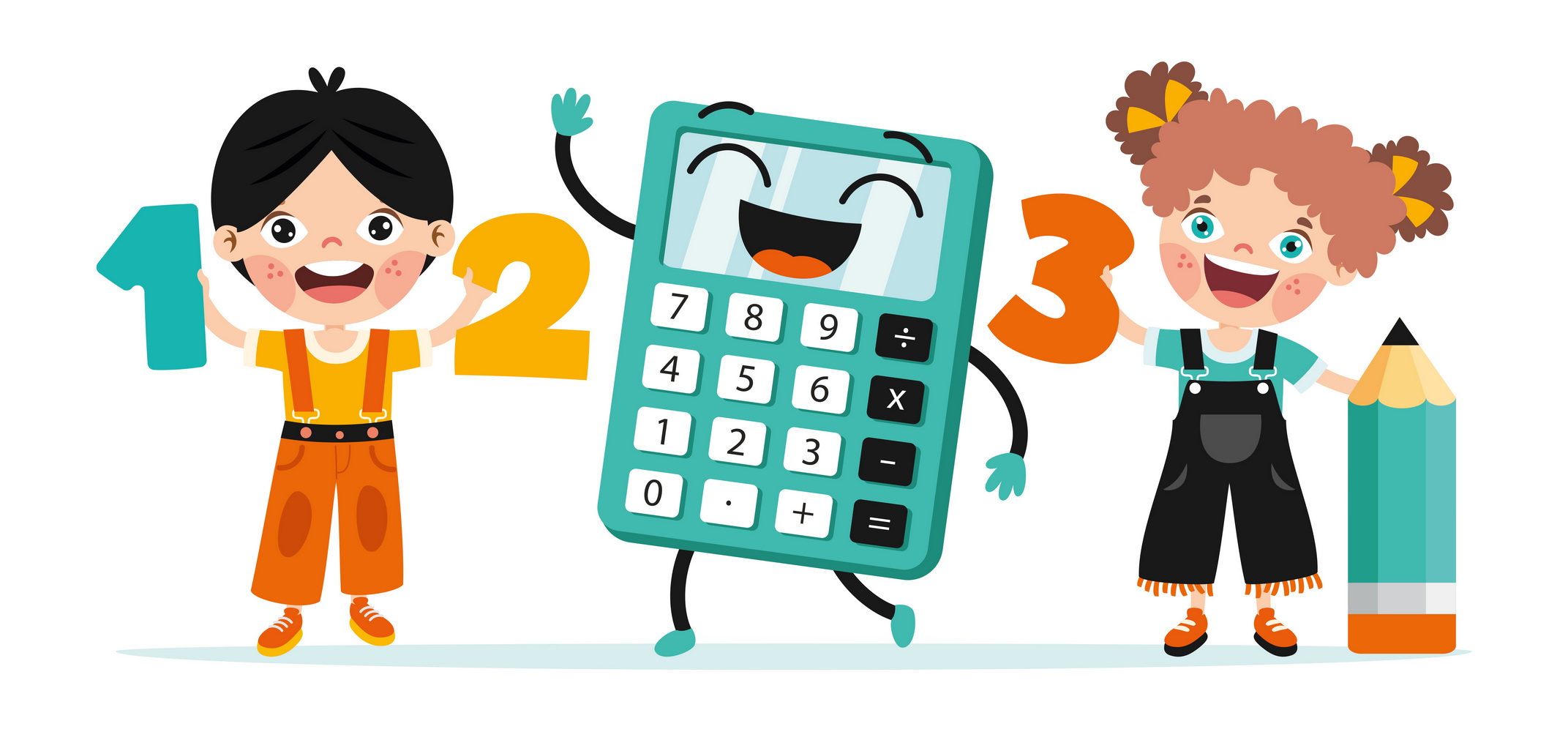Reading comprehension Easy Addition Worksheets for Ages 6-9
3 filtered results
-
From - To
Enhance your child’s math journey with our "Reading Comprehension Easy Addition Worksheets" designed for ages 6-9. Combining fundamental addition exercises with engaging reading passages, these worksheets build essential math and literacy skills simultaneously. Children will solve addition problems while improving their ability to understand and interpret written text. Our thoughtfully crafted activities make learning fun, interactive, and effective, promoting confidence and enthusiasm in young learners. Ideal for classroom use or at-home practice, these worksheets support a well-rounded educational experience to nurture your child’s development in both math and reading comprehension. Explore our collection today for a brighter academic future.


Adding and Subtracting to 1 Worksheet: Assessment 1


Fairytale Addition Worksheet


Recycle It: +2 Worksheet
Parents and teachers should prioritize reading comprehension and basic addition for children ages 6-9 because these skills form the foundation for future academic success and everyday functioning. At this critical stage, children transitioning from “learning to read” to “reading to learn” must grasp the meaning of text, not just decode words. Strong reading comprehension enables children to understand stories, follow instructions, and absorb information across subjects, enhancing cognitive development and critical thinking.
Likewise, mastering basic addition is pivotal in mathematics. This skill underpins more complex arithmetic and problem-solving tasks encountered later. When children confidently add, they develop number sense, which is crucial for grasping concepts like subtraction, multiplication, ratios, and fractions. Proficiency in these areas is vital in real-life scenarios, from planning budgets to understanding measurements in cooking or building projects.
Moreover, early competency in reading comprehension and addition boosts a child’s confidence and enthusiasm for learning, fostering a positive attitude toward schooling. By investing attention and resources into these foundational skills, parents and teachers not only prepare children for academic challenges but also equip them with critical life skills. Encouraging consistent practice, utilizing engaging materials, and offering supportive environments can significantly enhance a child’s capability in both areas.
 Assign to My Students
Assign to My Students
















